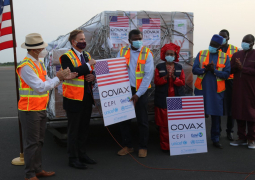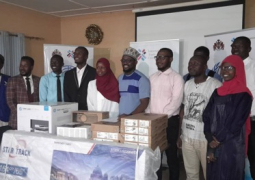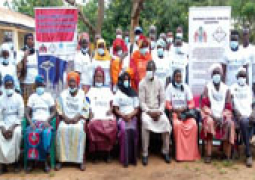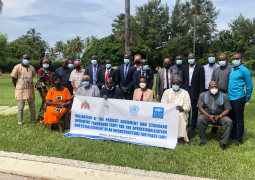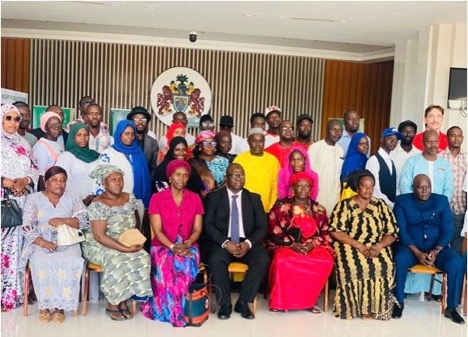
Funded by West Africa Coastal Area Resilience Investment Project Phase 2, also known as the WACA Project under the Ministry of Environment, Climate Change and Natural Resources, the project recently engaged a consultant to create comprehensive disaster contingency plans for seven wards in the Kanifing Municipality and two wards in the West Coast Region.
At the event, Sanna Dahaba, Executive Director of NDMA revealed that the disaster contingency plan plays a pivotal role in their quest to foster resilient communities capable of withstanding and recovering from crises.
“Recognizing this importance, the government of The Gambia is firmly committed to implementing strategies that align with the Sendai Framework for Disaster Risk Reduction 2015-2030.” he said.
The Sendai framework, he added, emphasises proactive measures to minimise risks, enhance preparedness, and ensure effective response mechanisms in the face of disasters.
“Through comprehensive planning, community engagement, and collaboration with various stakeholders, The Gambia aims to strengthen its capacity to mitigate the impacts of disasters, ultimately safeguarding the well-being of its citizens and promoting sustainable development.” he added.
Abdoulie Sey, communications Specialist at WACA Project, recalled that few months ago, the National Disaster Management Agency and the WACA Project brought together community members to develop ward contingency plans for the nine wards in the WACA Project intervention areas.
“These plans were developed by the community members themselves. This is something that the consultant can attest to, he's been the technical guide, but basically the input came from the community members themselves.” he said.
The beneficiary wards of this project include Kotu & Manjai, Latrikunda Yiringanya & Latrikunda Erinjang, Dippa Kunda, London Corner, Bundung Borehole, Bakoteh, Latrikunda Sabiji, Sukuta and Nema Kunku.
Read Other Articles In National News
